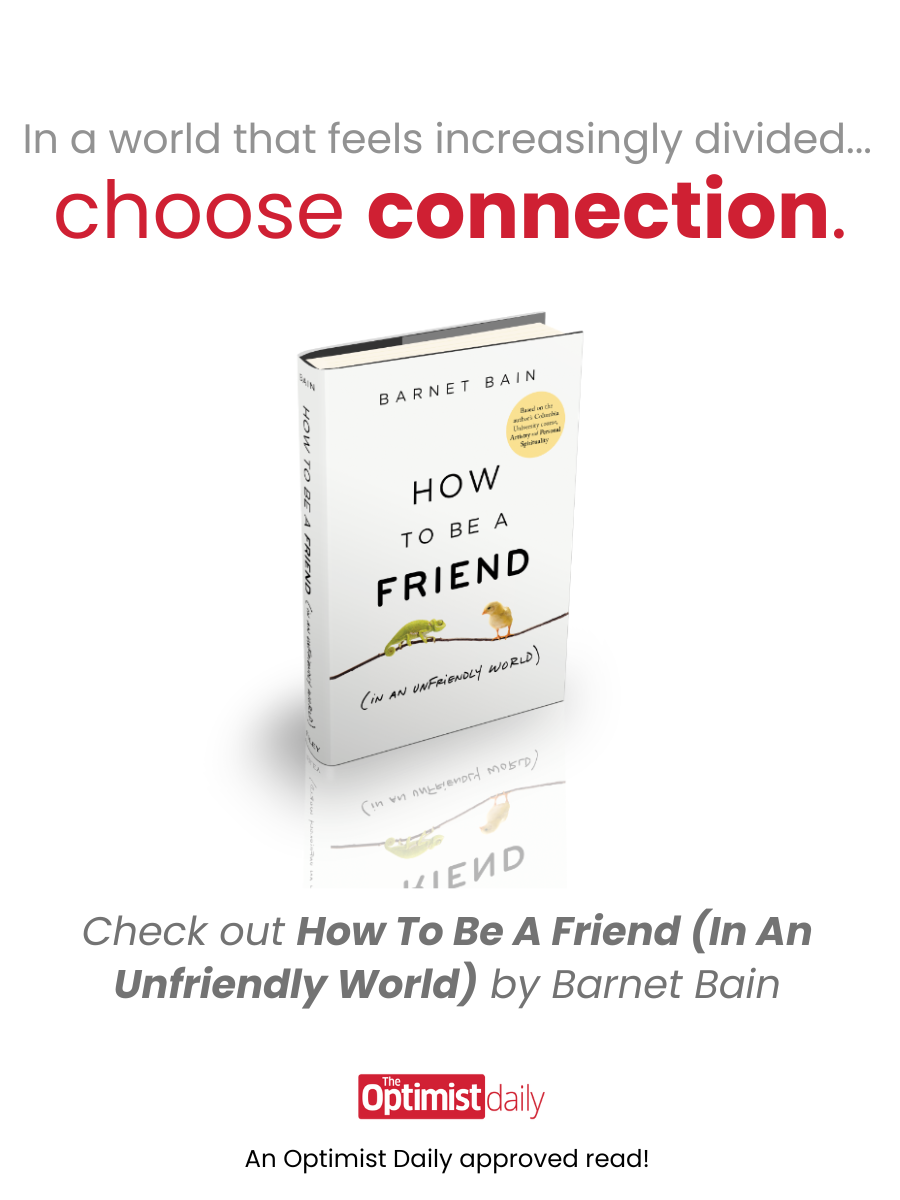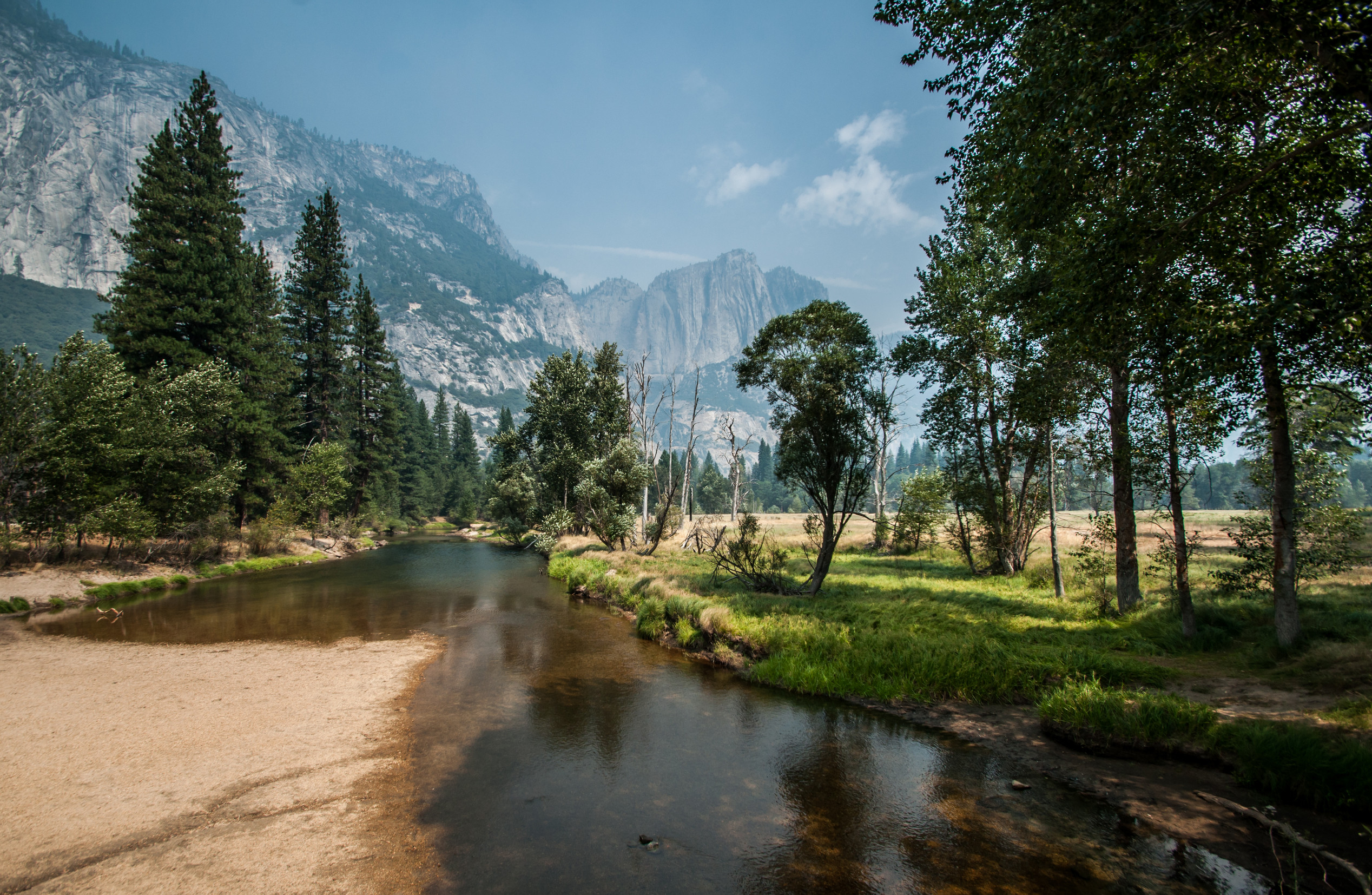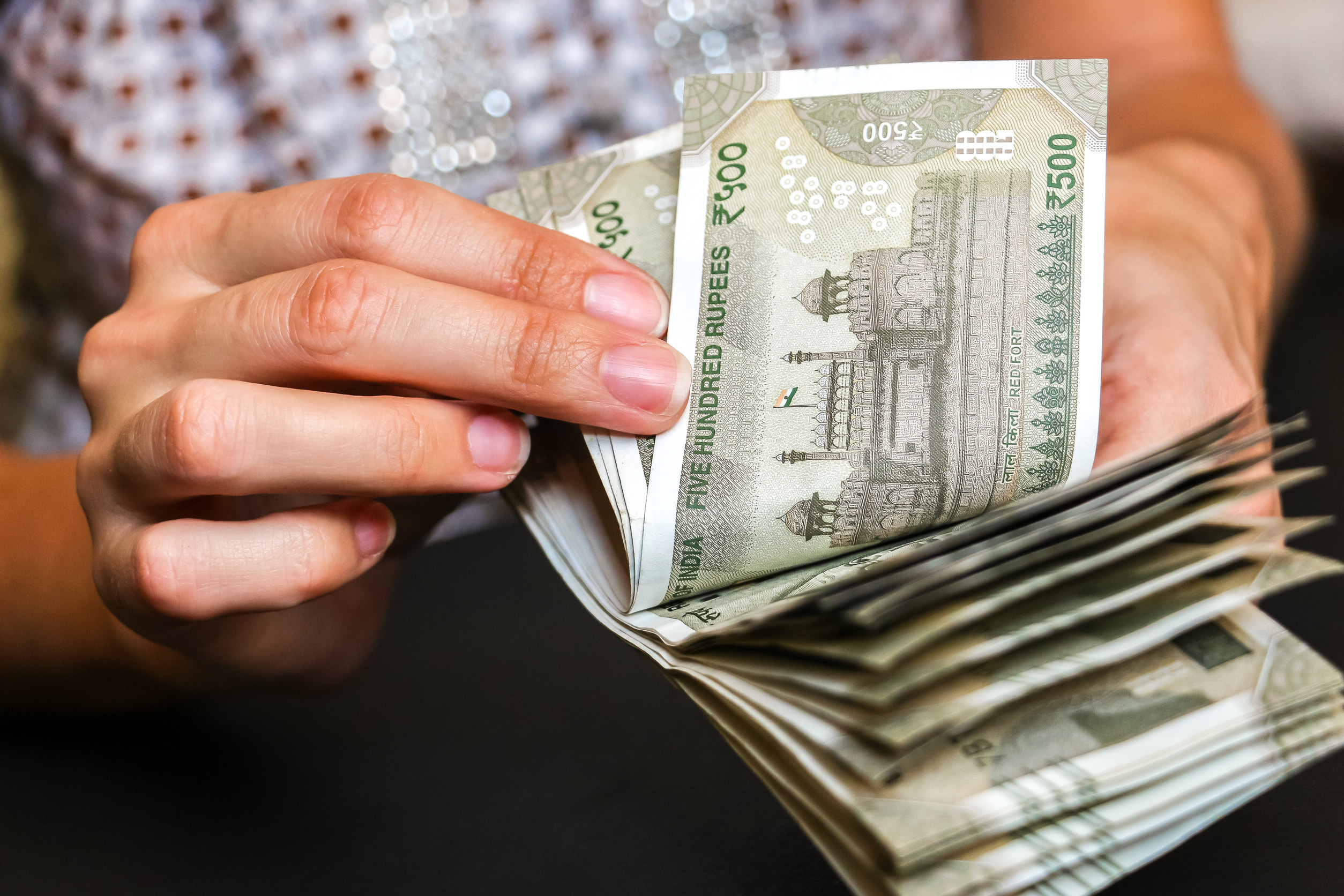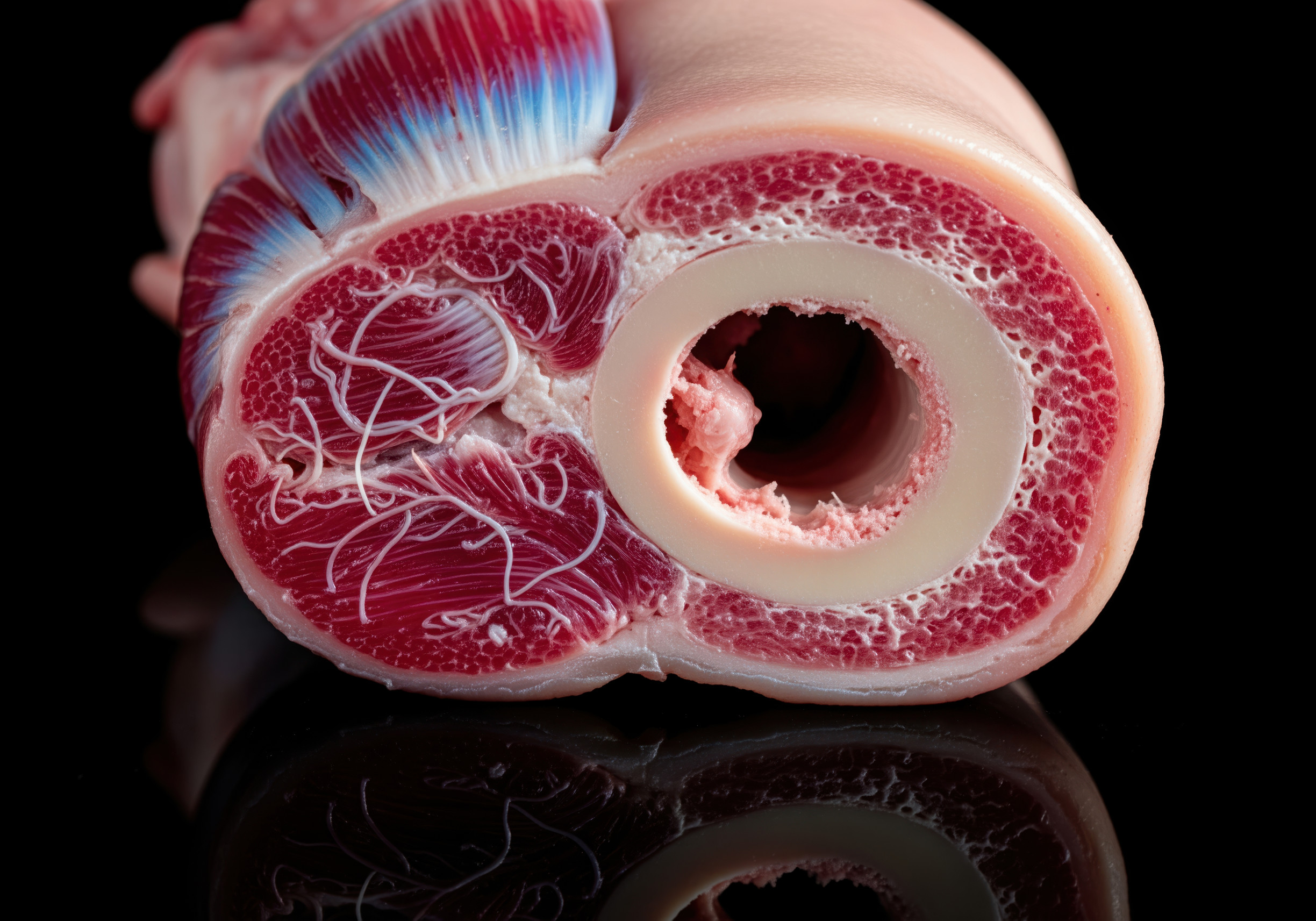BY THE OPTIMIST DAILY EDITORIAL TEAM
In a world that often feels fragmented by political division, economic instability, and ongoing social challenges, healing can feel like a solitary pursuit. But the truth is, many of our wounds are not individual—they are collective. So, what happens when we try to heal together?
Collective healing is gaining recognition as a powerful, human-centered approach to mental well-being. Rather than tackling emotional pain in isolation, this model invites people to connect through shared experience, mutual support, and communal care. Whether it happens in a formal support group, a religious gathering, or a virtual circle of peers, healing in community is changing how people—especially men—approach emotional growth.
What is collective healing?
At its core, collective healing means working through pain and trauma with others instead of alone. It acknowledges that many of our struggles stem from broader systems and shared experiences, such as racial injustice, economic hardship, or community-wide grief. The process allows people to come together, share their stories, and gain tools and support from one another.
Therapist and author Jor-El Caraballo describes this shift as a crucial evolution in how we view wellness. “To take care of oneself is one thing. It’s an entirely different pursuit to actively invest in the community so that all members feel validated, seen, and cared for,” he explains. This is where collective healing shines: it transforms personal recovery into a shared experience, grounded in compassion and belonging.
Why it matters now more than ever
The past few years have underscored just how isolated many people feel. Rising levels of anxiety, loneliness, and burnout have prompted many to look beyond individual solutions like self-care and seek out more sustainable, community-based approaches. Men, in particular, who are often socialized to suppress emotion, are beginning to embrace community as a therapeutic resource.
Organizations like the Black Emotional Mental Health Collective (BEAM) and Still I Run are leading the way by creating inclusive, mission-driven events and support networks. But even if you don’t have access to these kinds of groups, there are countless opportunities to find healing in community. Religious gatherings, cultural festivals, and traditional ceremonies like Diwali, Ramadan, and Lunar New Year all offer moments of fellowship and reflection.
The power of shared healing spaces
Healing with others can take many forms: group therapy, Alcoholics Anonymous (AA), Narcotics Anonymous (NA), or identity-based support groups that reflect shared life experiences. These settings not only help individuals process their own emotions but also foster empathy, resilience, and mutual growth.
“Being with others helps lower the risk of anxiety, depression, and other mental health conditions,” says Caraballo. The act of witnessing others’ struggles—and being seen in your own—creates a feedback loop of hope and encouragement. Through these shared moments, people develop coping strategies and emotional insights that may have felt out of reach before.
Yes, collective healing happens online too
Virtual spaces have opened up new possibilities for connection and healing. From men’s groups and online support circles to gaming communities and book clubs, there are more ways than ever to find like-minded people and cultivate meaningful relationships.
For those living with social anxiety, disabilities, or chronic illness, online spaces can be a lifeline. They offer the chance to participate at your own pace in a setting that feels safe. Vulnerability is key here: the more you’re able to share, the more likely you are to deepen your connections.
Mutual aid groups are another avenue worth exploring. Whether you’re offering help or receiving it, these grassroots efforts can strengthen community bonds and create cycles of care that ripple outward.
How to start your healing journey in community
If you’re not sure where to begin, reflect on what you’re currently struggling with. Are you battling anxiety? A support group focused on stress management might be ideal. Are you seeking connection with people who share your background or interests? Consider joining a cultural meetup or hobby group.
Even niche communities—like groups for new dads, queer gamers, or poetry lovers—can be fertile ground for building trust and connection. These smaller circles can grow into deeply supportive networks over time.
As Caraballo notes, the road ahead will not be easy. The world is still grappling with uncertainty and collective pain. But that doesn’t mean you have to face it alone. Community can be the bridge between surviving and thriving. When we invest in each other’s well-being, we move closer to a future that feels less fractured and a little more whole.











